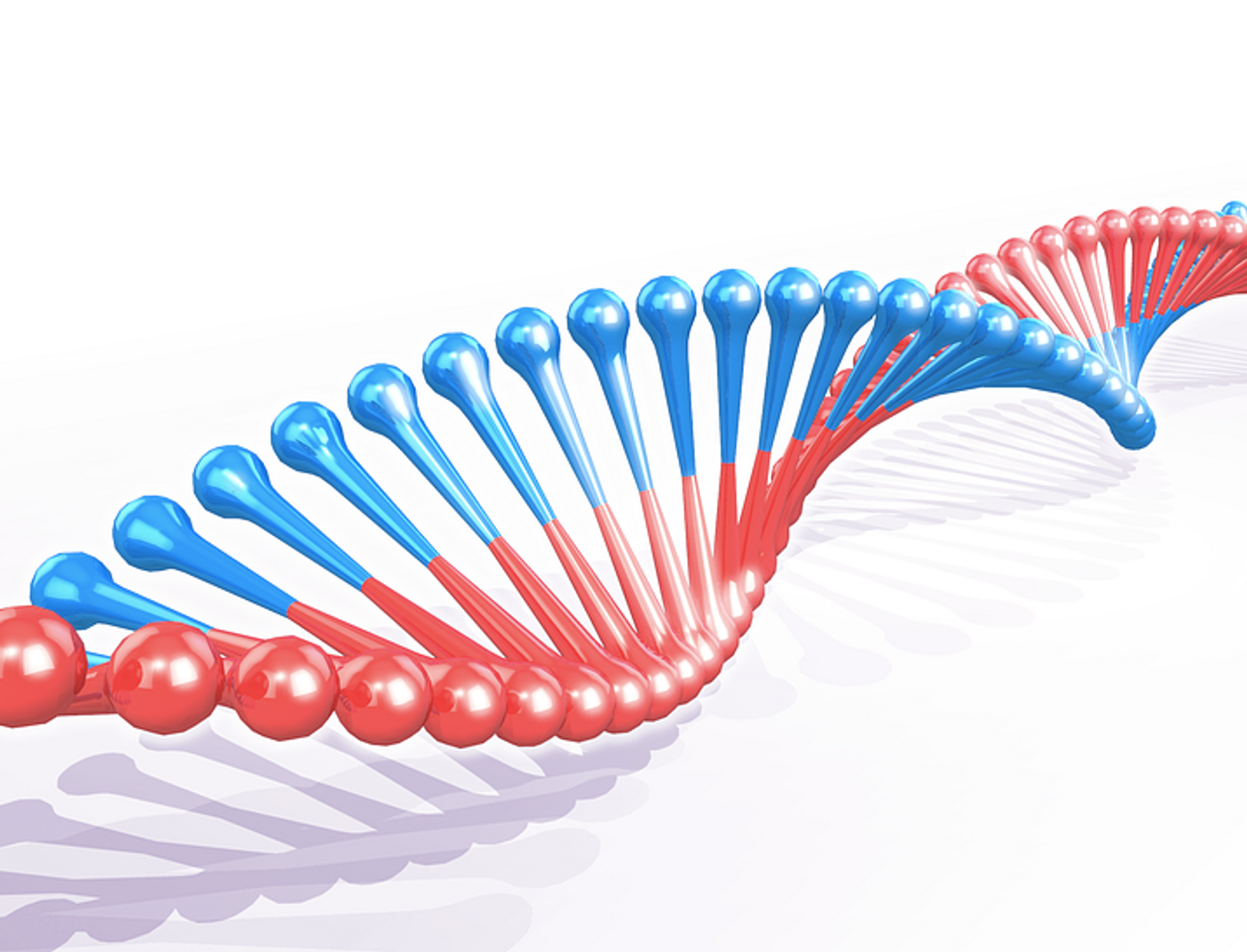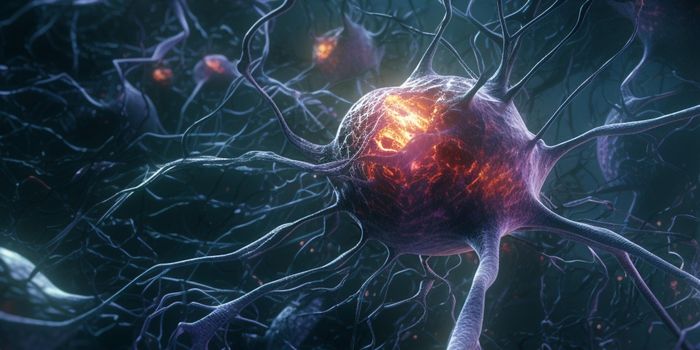Using Genetics to Predict Height, Bone Density, Educational Attainment
Researchers at Michigan State University have created a test that can predict a person's height from their genetic information and may be used in the future to indicate the risk people face of developing certain disorders, including cancer and heart disease. The scientists developed an algorithm that uses the genome to forecast a variety of traits, including bone density, height, and potential level of education. The work has been reported in the journal Genetics.
“While we have validated this tool for these three outcomes, we can now apply this method to predict other complex traits related to health risks such as heart disease, diabetes, and breast cancer,” said Stephen Hsu, the lead investigator of this research and vice president for research and graduate studies at MSU. “This is only the beginning.”
The researchers created the algorithm by utilizing a database containing the genetic information from about 500,000 people in the United Kingdom. Machine learning was applied to the data to predict various traits. This model aims to use small variations in genes to build a picture of health, instead of focusing on genetic mutations that cause disease outright. The predictor is made by using tens of thousands of those variations.
The UK Biobank was a great resource to mine for this effort. The algorithm sifted through small differences in thousands of individuals to find out how they added up.
The team validated their work by using the algorithm to predict height; it was able to do so within an inch. “The algorithm looks at the genetic makeup and height of each person,” Hsu said. “The computer learns from each person and ultimately produces a predictor that can determine how tall they are from their genome alone.”
The computational tool was not quite as good at forecasting the other traits discussed in their report - bone density and educational level. But it did correctly indicate who was at risk for deficient bone density levels, which have been linked to osteoporosis. It was also able to predict who was likely to struggle with schoolwork.
The researchers are continuing to refine the tool, and are adding more datasets. That will enable them to broaden our understanding of how genetic variations add up to influence health and disease risk in individuals.
Advances in genetic technology and a reduction in the associated costs have done a lot to propel this work forward. This gets us closer to making personalized healthcare a reality, Hsu noted.
“Our team believes this is the future of medicine,” he said. “For the patient, a genomic test can be as simple as a cheek swab, with a cost of about $50. Once we calculate the predictors for genetically based diseases, early intervention can save billions of dollars in treatment costs, and more importantly, save lives.” Hsu discusses how genetic information might be used to predict complex traits in the video.
Sources: Science Daily Via MSU, Genetics









